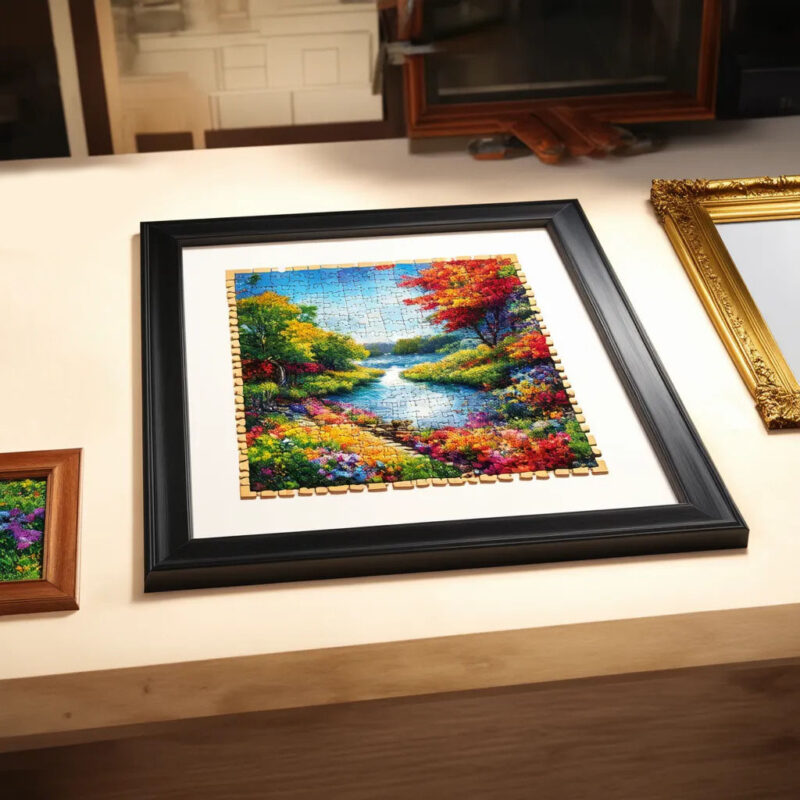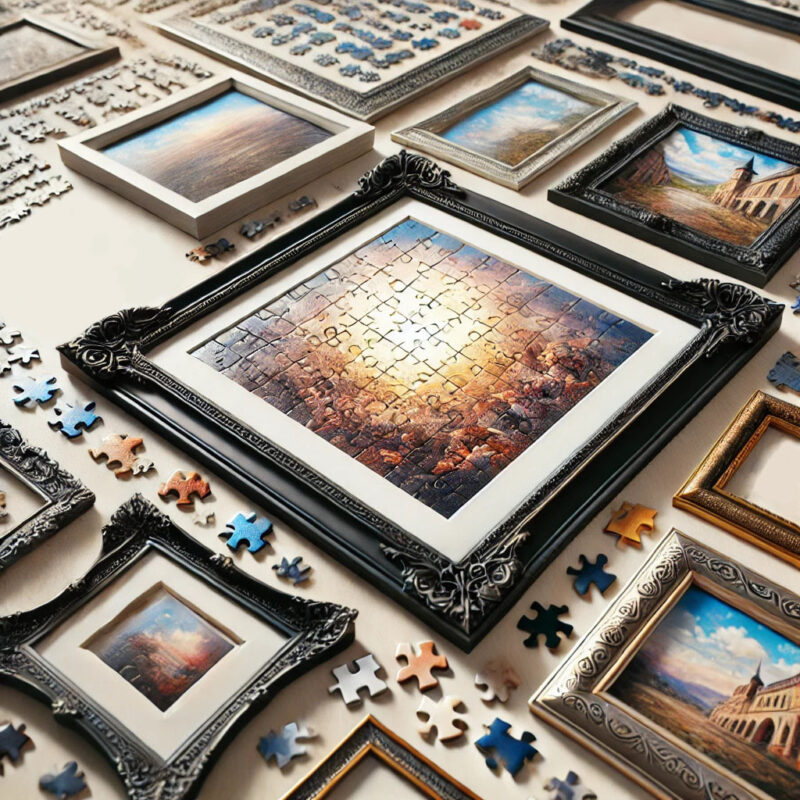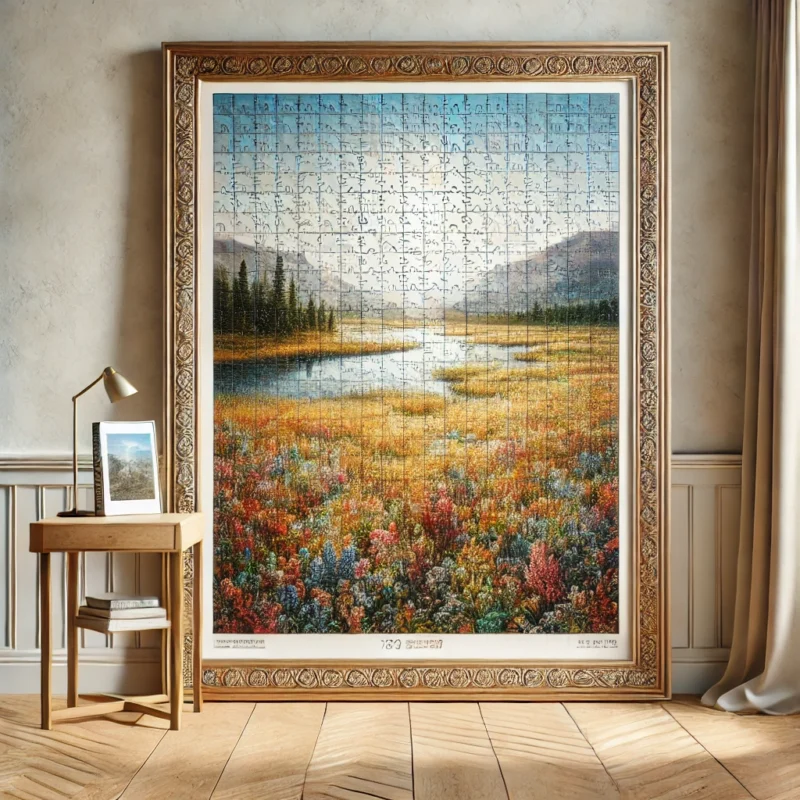Creativity and DIY, Gifts and Celebrations, Home Comfort and Decor
How to Frame Your Jigsaw Puzzle: A Comprehensive Guide | Raven Craft Blog
There’s a special sense of accomplishment that comes with finishing a jigsaw puzzle, especially when it’s a challenging or particularly beautiful one. But what do you do once it’s complete? Rather than disassembling it and packing it away, why not turn your puzzle into a piece of art? Framing a jigsaw puzzle is not only a way to preserve your hard work but also a unique way to decorate your home. In this article, we’ll guide you through the process of framing your puzzle, provide some historical context, and discuss future trends in this growing hobby.
A Brief History of Jigsaw Puzzles
The concept of jigsaw puzzles dates back to the 1760s when European mapmakers began mounting maps on wood and cutting them into small pieces. These “dissected maps” were used as educational tools to teach geography. Over time, jigsaw puzzles evolved into a popular pastime, particularly during the Great Depression when they provided an affordable form of entertainment. Today, puzzles are enjoyed by people of all ages and are often seen as a way to relax and de-stress.
Why Frame a Jigsaw Puzzle?
Framing a jigsaw puzzle allows you to immortalize the effort and time invested in completing it. Unlike other forms of art, a puzzle you’ve completed yourself has a personal connection, making it a meaningful addition to your home decor. Moreover, puzzles often feature stunning artwork, from famous paintings to scenic landscapes, making them worthy of display.
Step-by-Step Guide to Framing Your Puzzle
1. Preparing Your Puzzle
The first step is to ensure your puzzle is fully intact and lying flat. Carefully slide a piece of wax paper or a thin sheet under the puzzle to lift it off the surface if needed. This will help keep the puzzle stable while you work on it.
2. Applying Puzzle Glue
To keep your puzzle pieces together, apply a layer of puzzle glue. Puzzle glue is specifically designed to dry clear and bond the pieces securely. Use a spreader or a piece of cardboard to apply the glue evenly across the surface of the puzzle. Allow it to dry completely before moving on to the next step.
3. Choosing a Frame
Selecting the right frame is crucial. Consider the style of the puzzle and the room where it will be displayed. Frames can range from simple black borders to ornate designs. Make sure the frame is deep enough to accommodate the thickness of the puzzle.


4. Mounting the Puzzle
Once your puzzle is dry, place it on a mounting board or a backing that will fit inside the frame. You can use additional glue or mounting tape to secure the puzzle to the board. Ensure that it is centered and aligned properly.
5. Framing and Displaying
Carefully place the mounted puzzle into the frame, making sure it fits snugly. Attach the frame’s backing and secure it. Your puzzle is now ready to be hung on the wall, adding a personal touch to your home.
Challenges and Opportunities in Puzzle Framing
While framing a puzzle can be a rewarding experience, it also comes with challenges. One of the main concerns is ensuring the puzzle remains flat and undamaged during the framing process. Additionally, finding a frame that complements the puzzle’s artwork can be tricky. However, the growing popularity of puzzles has led to an increase in products designed specifically for puzzle framing, from specialized glue to custom frames.
Future Trends in Puzzle Framing
As puzzles continue to gain popularity, we can expect to see more innovative framing solutions. Digital platforms are also beginning to offer services that allow users to design and print custom puzzles from personal photos, making the final framed product even more unique and personal. Additionally, the rise of eco-friendly materials may influence the types of frames and mounting boards used in the future.
Framing a jigsaw puzzle is more than just preserving a hobby; it’s about celebrating the artistry and effort behind it. Whether you choose to frame a puzzle as a personal keepsake or as a gift, the process adds value and meaning to something that might otherwise be tucked away. As trends in puzzle framing evolve, this practice will likely become even more accessible and creative, offering endless possibilities for puzzle enthusiasts.

